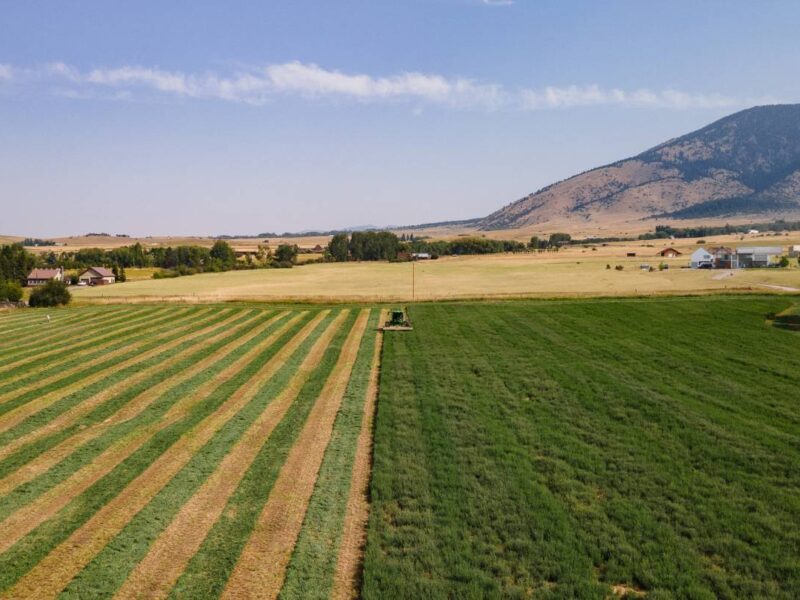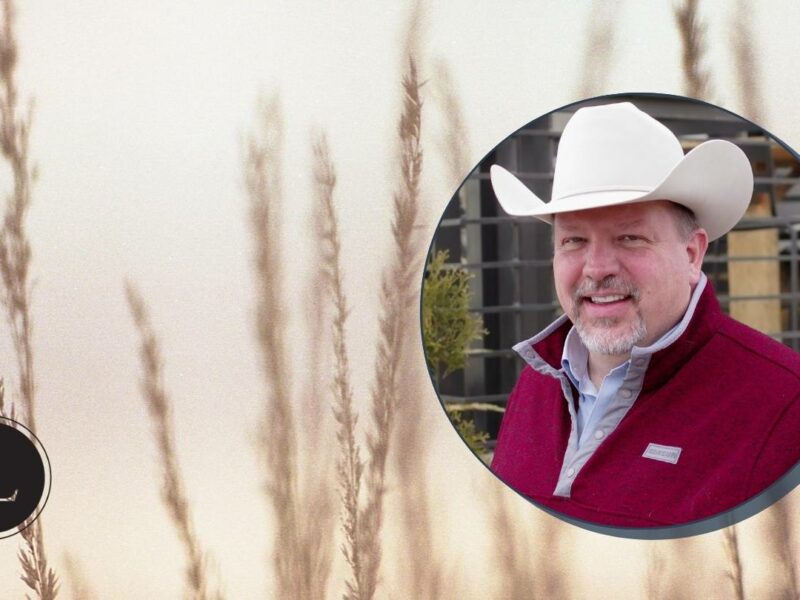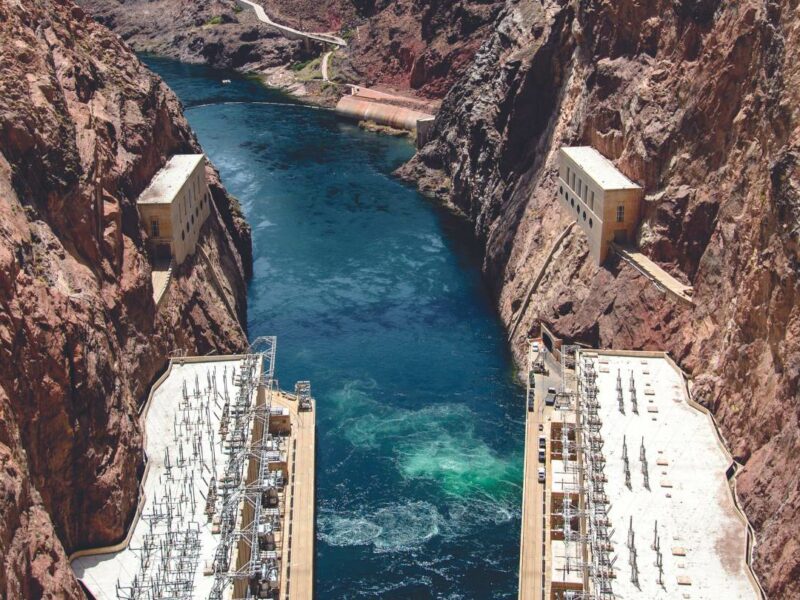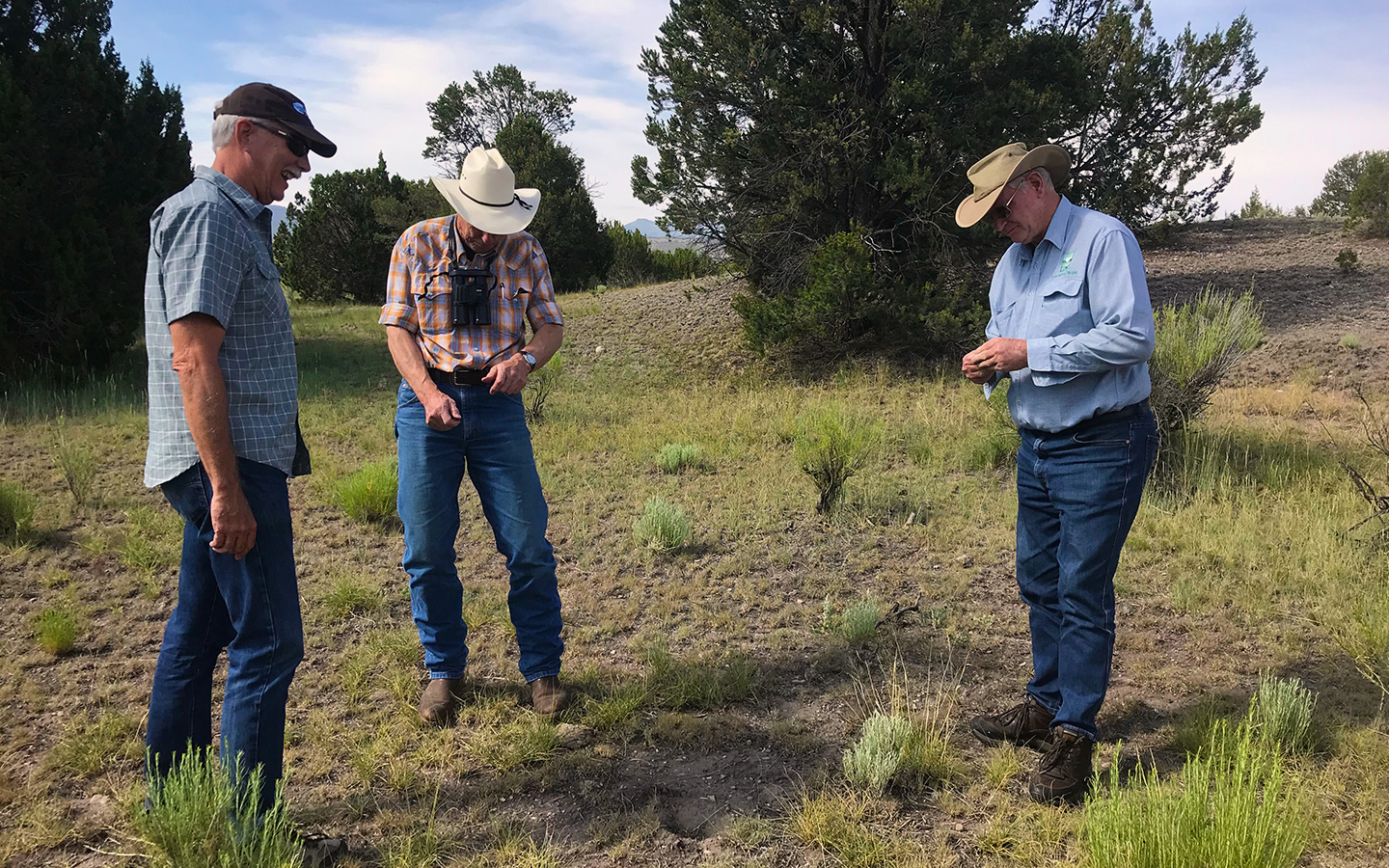
Redefining conservation for a new era
On January 27, President Biden issued a sweeping executive order designed to address climate change and conserve biodiversity. Among its goals is conserving thirty percent of land and water by 2030. As landowners and managers, we can laud these goals even if there are varying opinions on how to achieve them. After all, as articles later in this issue of On Land will detail, a changing climate is already having profound impacts on landowners and communities around the West. At the same time, development gnaws steadily away at the landscapes, culture and quality of life that we hold dear.
The real challenge isn’t finding common ground on the need to conserve the things we care about but rather on the best ways to do so. The current conservation tool kit is inadequate, frequently divisive and, in some cases, misguided. The same thinking that got us to this point will not get us out. Just as it is time for bold action on climate and biodiversity, it is also time for bold new thinking about conservation and environmental stewardship. This does not mean doubling down or scaling up on existing strategies. It means changing our fundamental approach. As the old saying goes, the definition of insanity is doing the same thing over and over and expecting different results—which is largely where we find ourselves.
Fortunately, the Biden executive order on climate contains an important opportunity to do something different. It requires that policies be informed by landowners, farmers, ranchers, fishermen, firefighters, and others with intimate experience and a vested stake in land and natural resource management. We sincerely hope and are working to help ensure that the Biden administration delivers on this promise.
Yet to actually hear what these stakeholders are saying, to make real change informed by people on the ground, it is important to surface and challenge some underlying assumptions and biases that cloud the conversation.
The real challenge isn’t finding common ground on the need to conserve the things we care about, but rather on the best ways to do so.
Lesli Allison
When many people think about conservation, they think about public lands. While public lands are important, private lands and private stewardship are key when it comes to conserving and restoring biodiversity. This is because human settlement followed the most fertile, hospitable, water-rich parts of the landscape. These places remain largely in private ownership and are also the most habitable and important for wildlife. In addition, human stewardship, from early indigenous food gardens to contemporary irrigated landscapes, has in many cases increased biodiversity. Further, science has increasingly recognized not only that the majority of wildlife in the U.S. depends on private lands for survival, but that they are “conservation reliant,” which means they require proactive conservation efforts on the part of landowners. Yet many state and federal laws and economic policies actually work against landowners who care about and want to conserve land, water and wildlife. A focus on removing these barriers would yield significant conservation returns.
It is widely held within the conservation community that legal, permanent protection is the only real conservation or justification for public investment. However, as nature itself and human history both attest, there is no such thing as permanent legal protection. This country has broken virtually every treaty it ever signed with indigenous people because those agreements became inconvenient. The past two presidential terms reveal the fragility of laws and regulations in a highly politicized environment. Entire governments are subject to change. Legal protections are not worth the paper they are written on when environmental, economic, political or social forces overwhelm them.
In keeping with the focus on permanent legal protection, it is often suggested that the only solution to saving private lands is to put them under conservation easement. While conservation easements are one of our most powerful and important tools, they can only take us so far. After 50 years, conservation easements protect only about 2% of all private lands. Easements are not keeping pace with the conversion of natural landscapes to development and intensive agriculture. What’s needed are economic drivers that level the playing field.
We often hear that the public should not have to pay for the conservation and stewardship that landowners already are providing. However, our best lands are disappearing precisely because as a society we have refused to pay for the non-market values that land supports and that also drive up the costs of owning and managing land. Today, there is almost no way that agricultural production can pay for the cost of buying the land, and this is what is driving land into development. We will pay for a pound of beef, a barrel of oil or a house, but we seem loath to pay for the production and stewardship of healthy habitat and green infrastructure.
Another thought we hear spoken quietly within conservation circles is that the way to save lands is to put them in the hands of wealthy individuals who do not need to earn a livelihood from that land. While many wealthy landowners are doing great things for conservation—and they should be recognized and encouraged for this—do we really want a conservation model that depends on the wealthy owning and controlling the best lands and resources? Let’s think about what that implies for American democracy, and equity, and economic and environmental justice. The fact is, if land cannot generate reasonable livelihoods, only the wealthy will be able to afford land. Even the wealthiest do not long tolerate the high costs of land ownership and management, which is why we see so many ranches constantly being bought and sold. So how can we make it economically feasible for people to earn a reasonable livelihood that produces not just food and fiber but also wildlife habitat and healthy watersheds?
Many people believe that turning land into public playgrounds is the answer, but let’s take a closer look at this. First, as conservationists, we need to come to terms with the industrial scale impacts of outdoor recreation. From the carbon footprint of getting there to scaring and displacing wildlife to the waste we leave behind, most outdoor recreation is anything but regenerative. We take happily, but we do very little as recreationalists to give back. Second, we have to recognize that the resources and leisure time to travel and recreate have often been built on the backs of those in other places far less fortunate. Third, our national parks are a treasure, but they are isolated and surrounded by increasingly fractured landscapes pocked by congested tourist traps and agricultural ghost towns. The solution cannot be more of the same.
Having annihilated wildlife habitat in urban areas, we now seek to conserve what remains by imposing regulations and economic burdens on those who have managed to keep the land open up to this point.
Lesli Allison
Regulation and litigation are often seen as more sure-fire, low-cost paths to conservation than investment and partnership. Having annihilated wildlife habitat in urban areas, we now seek to conserve what remains by imposing regulations and economic burdens on those who have managed to keep the land open up to this point. It’s a short-term patch that buys a little time at the expense of long-term success. Regulation can prevent some bad actions, but it does not foster the goodwill necessary to recover species, restore land health or leverage the investment of those who actually tend the land on a daily basis. For instance, we should not celebrate keeping species on the endangered species list. The fact that they need to be listed in the first place means they have been pushed to the brink of extinction, which means we are failing them. We should celebrate when they are recovered and delisted, which in most cases requires the active investment of landowners.
Long-term conservation cannot rely on deed restrictions, regulations, wealthy owners, or recreation. It also cannot be driven from the top down from afar. Each of these represents what may be described as colonial approaches to conservation. Without better economic and cultural support for conservation and stewardship, these strategies cannot succeed. In the best case, they are temporary stopgaps or bridges, but bridges to where? What is on the other side of that bridge? What is the picture of the landscape that we are trying to paint with our strategies today?
A young man from a rural community once said to me, “Conservation always takes things away. It takes our jobs, our land, our communities, our way of life.”
If we want conservation to succeed, we need a better answer to this young man than that he can get a job serving wealthy landowners and tourists.
We have an opportunity to move beyond “Conservation as Usual” because, in the big picture, it’s not working. We’re losing ground—literally—and will continue to do so until we change our fundamental approach. Here is the challenge for the Biden administration and the conservation community as we consider large landscape conservation and initiatives like 30 by 30: What would a truly collaborative, non-colonial approach to conservation entail and how would we measure its success?
This essay is based on a keynote address the author delivered on December 17, 2020, to the Network for Landscape Conservation.
Related
- Wyoming Governor Mark Gordon
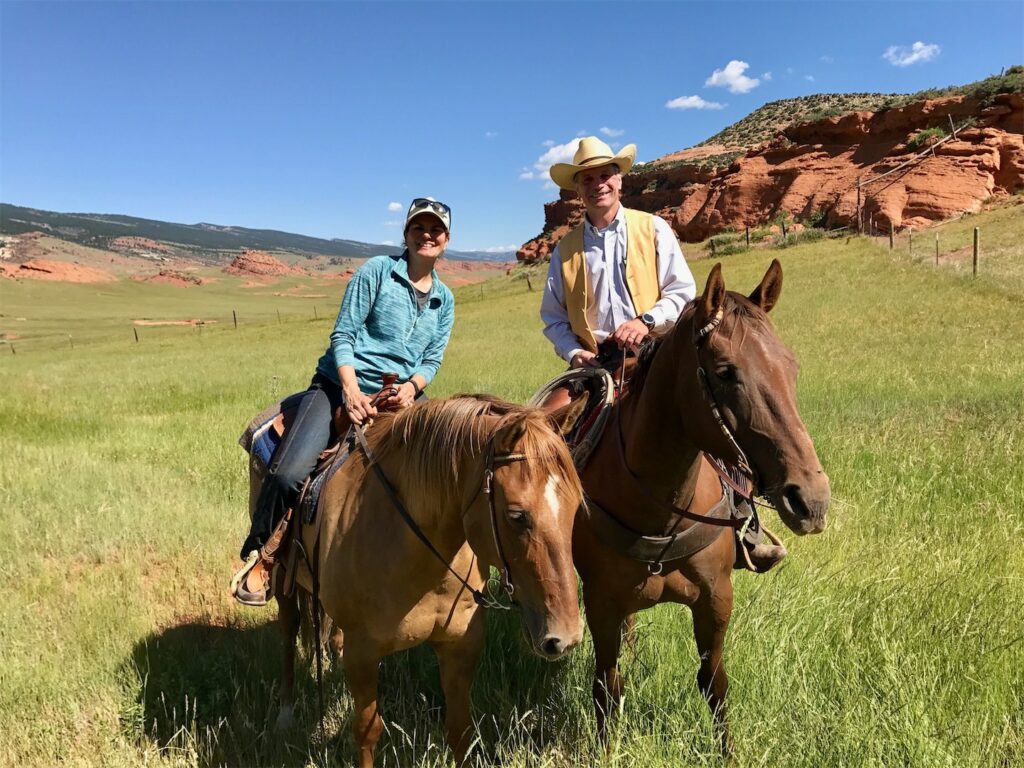 WLA’s executive director, Lesli Allison, sat down with Governor Gordon for a conversation about the governor’s passion for ranch life, his vision for how ecosystem service markets could help Wyoming… Read more: Wyoming Governor Mark Gordon
WLA’s executive director, Lesli Allison, sat down with Governor Gordon for a conversation about the governor’s passion for ranch life, his vision for how ecosystem service markets could help Wyoming… Read more: Wyoming Governor Mark Gordon


